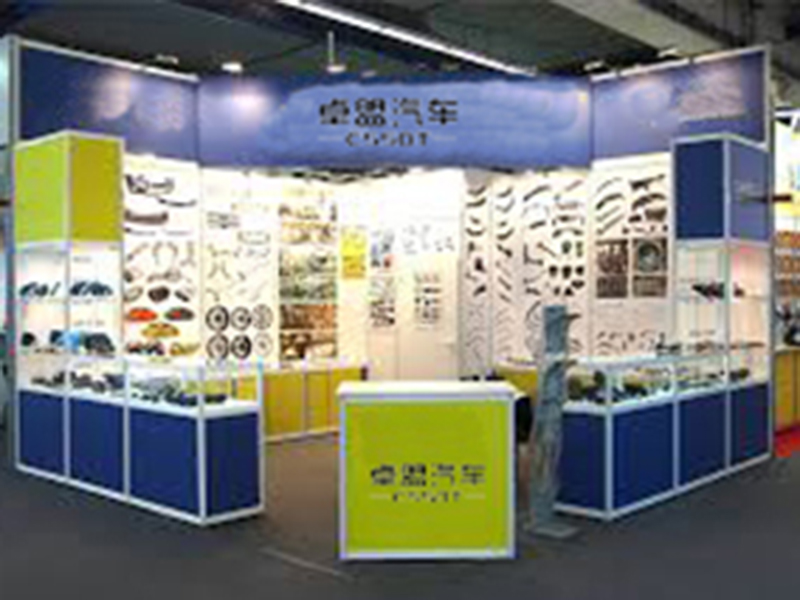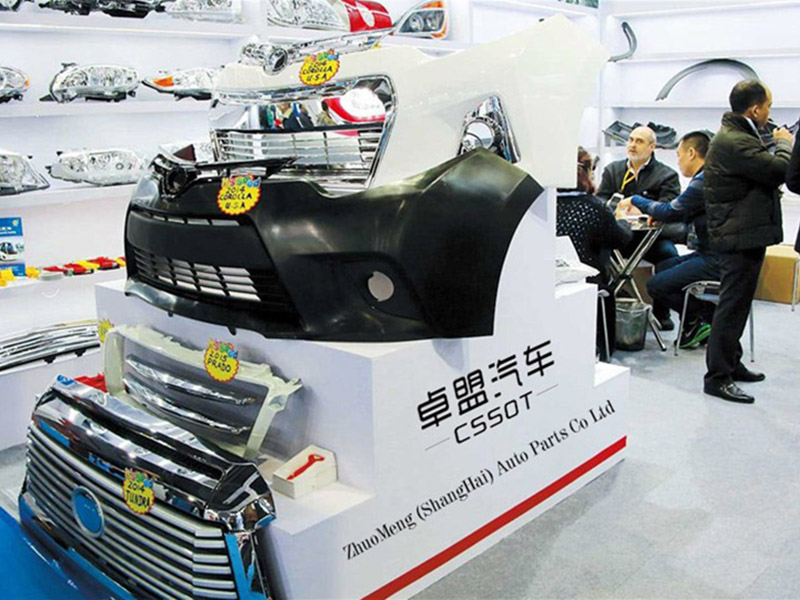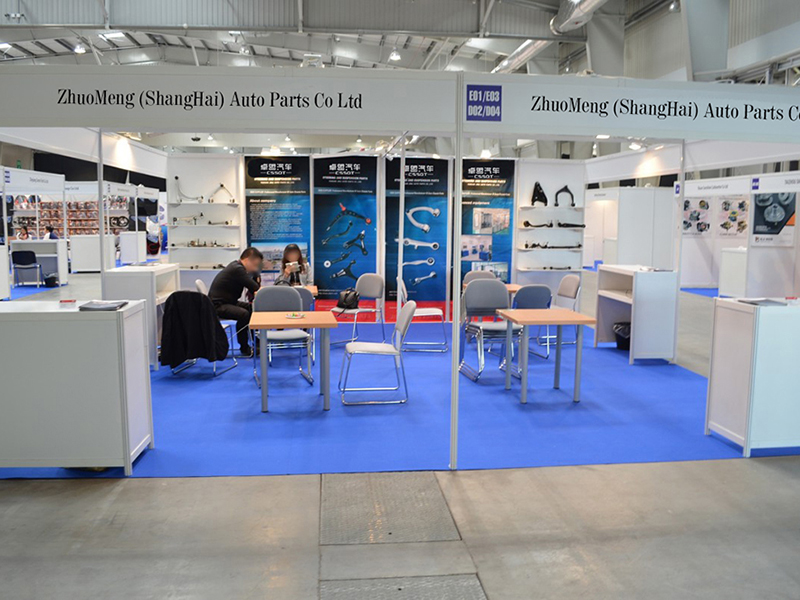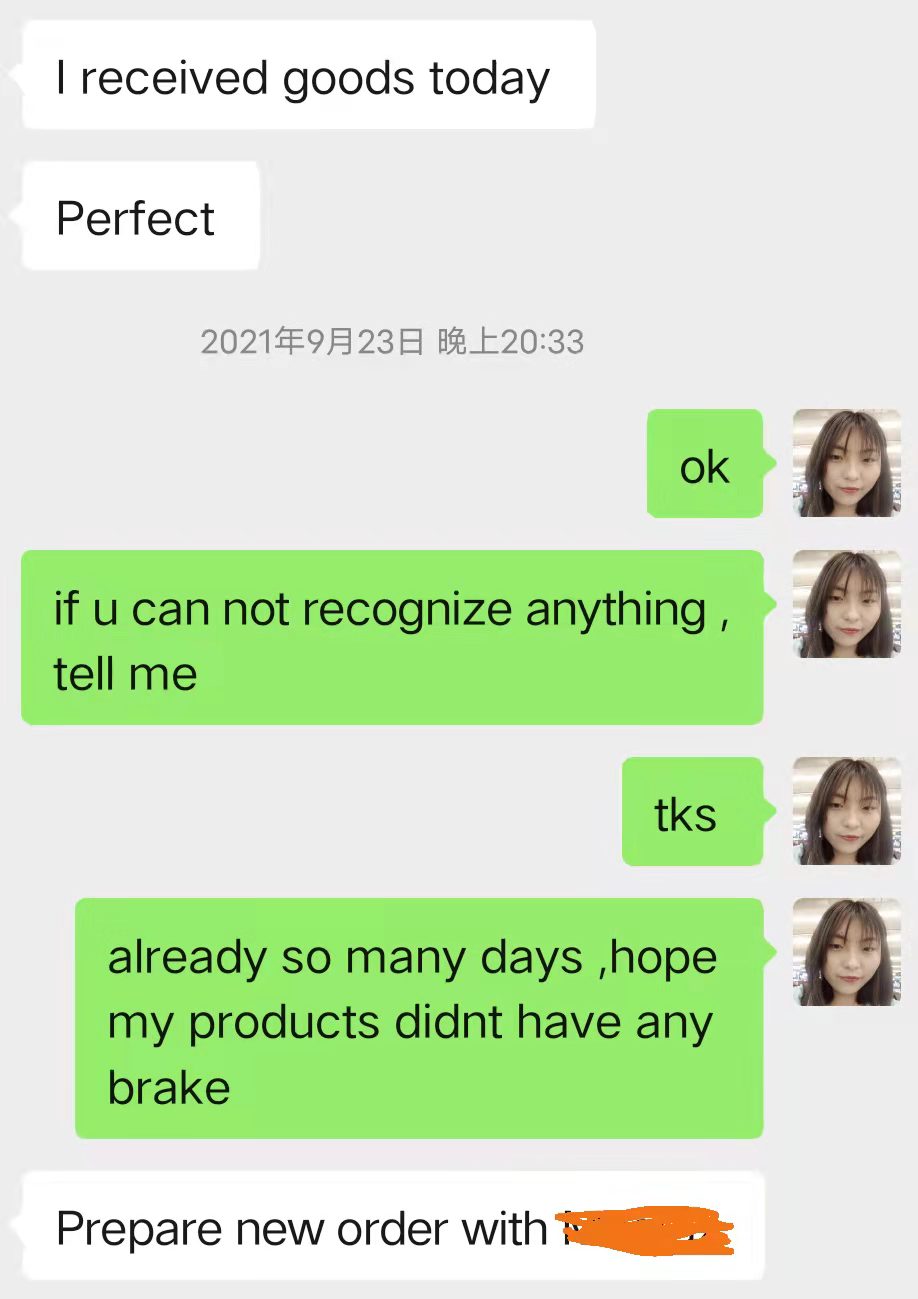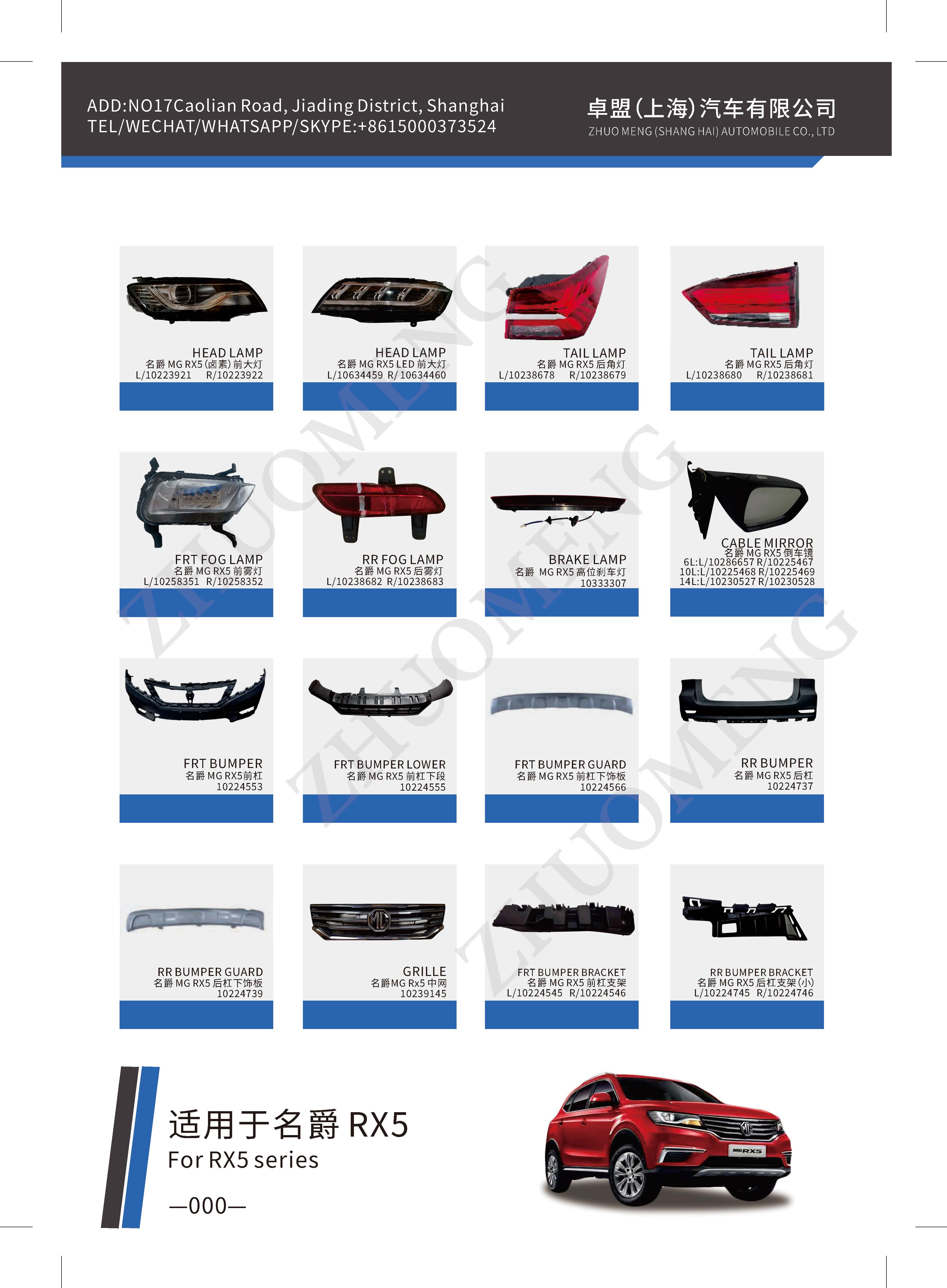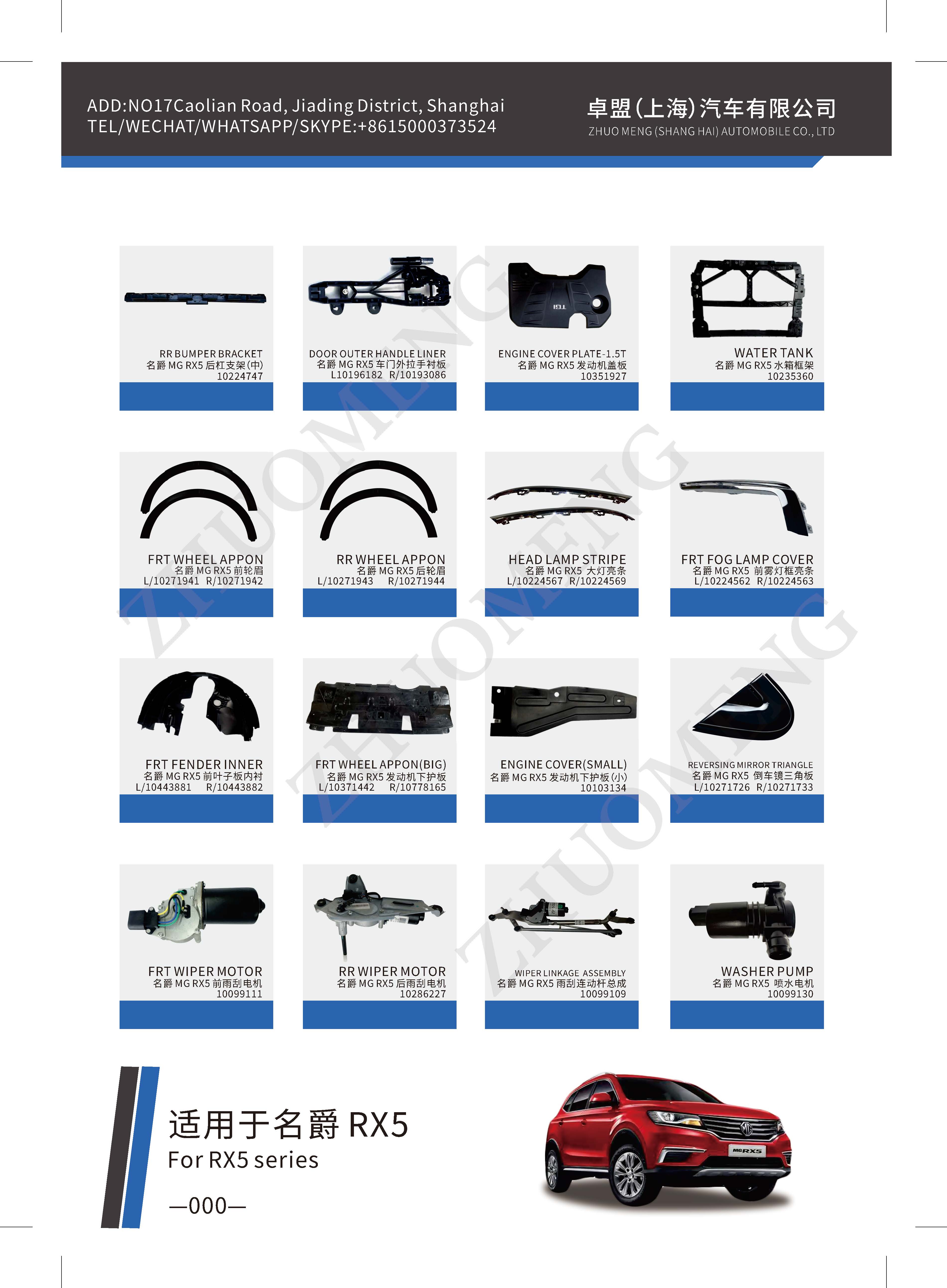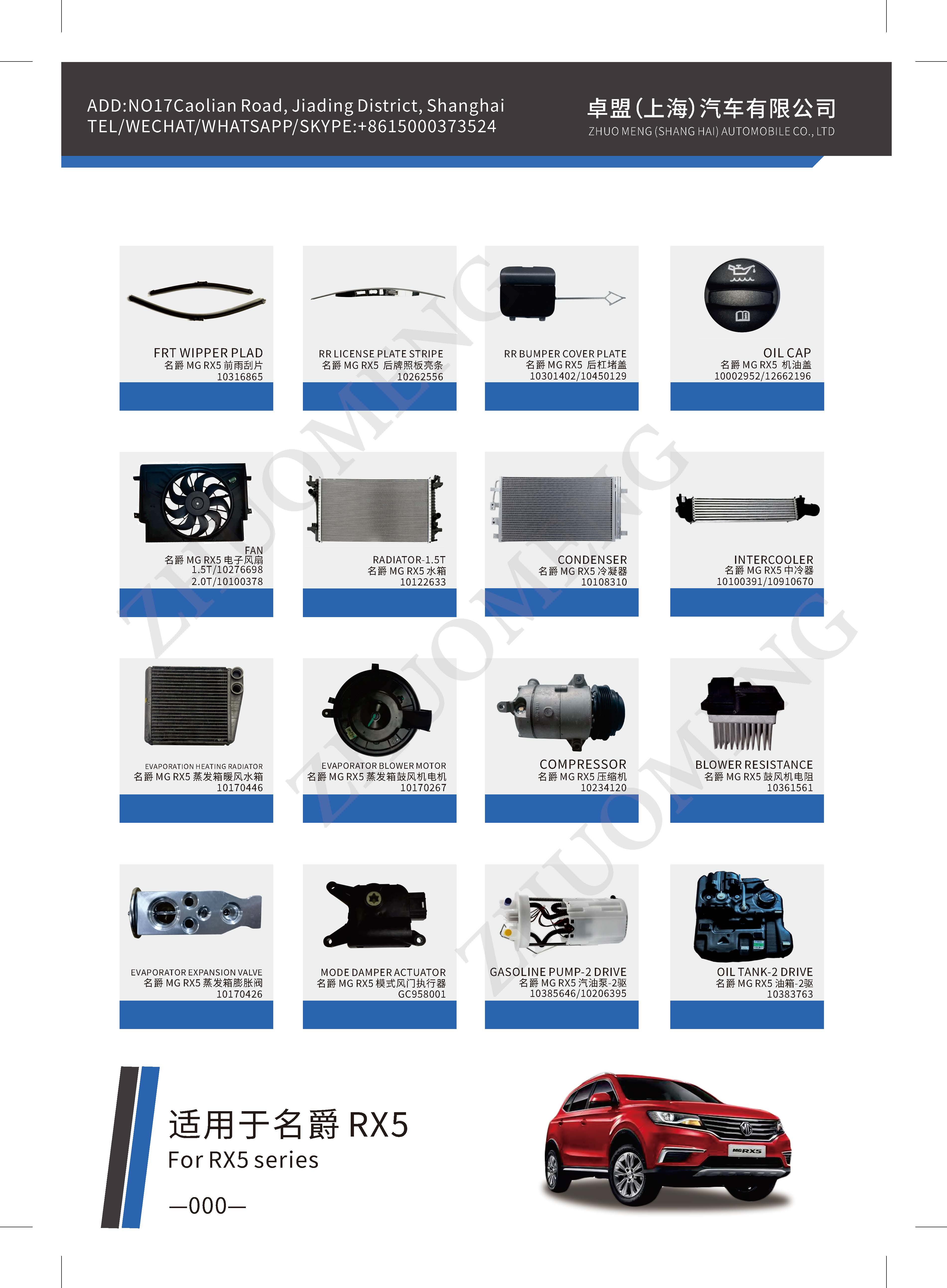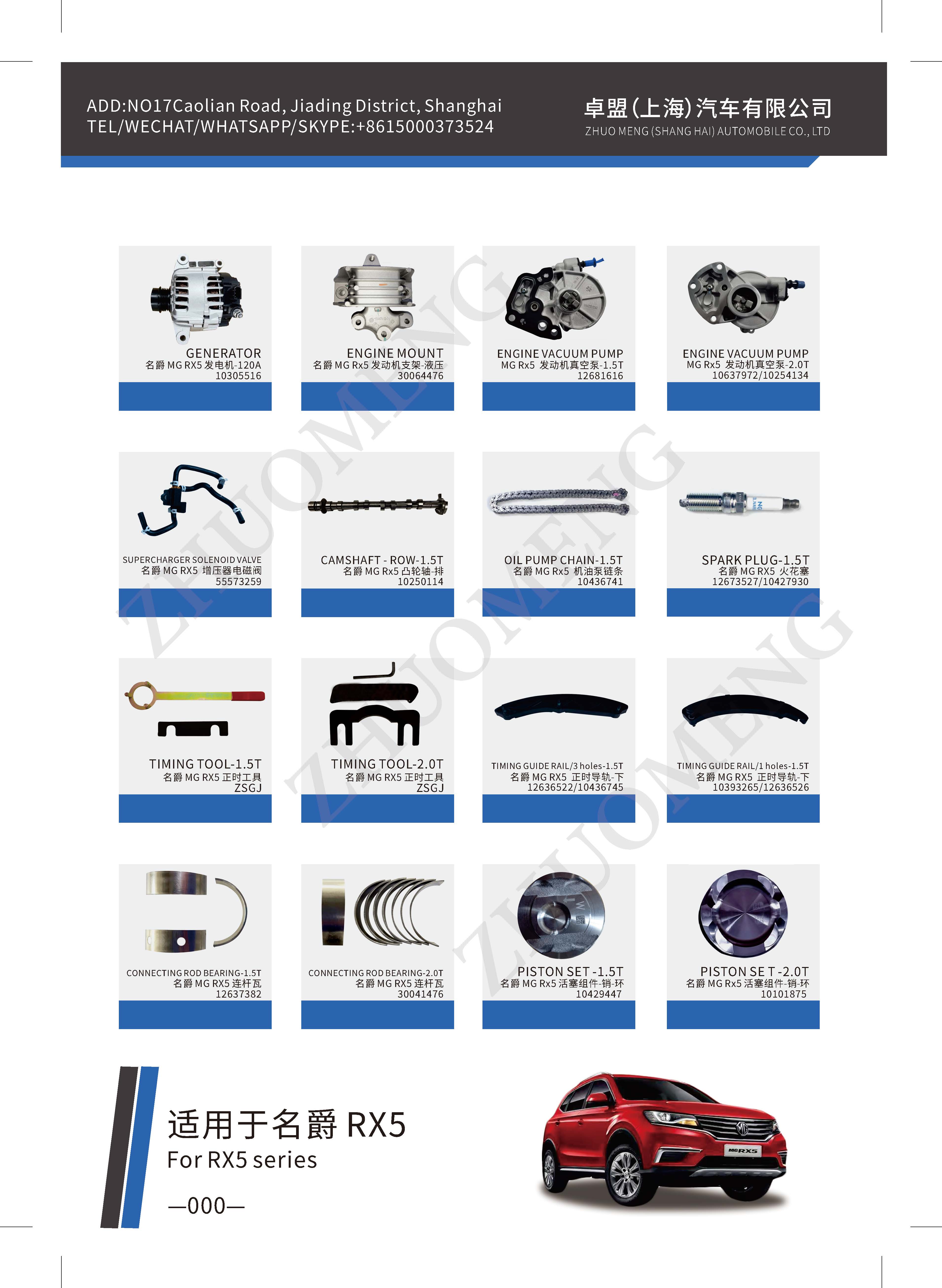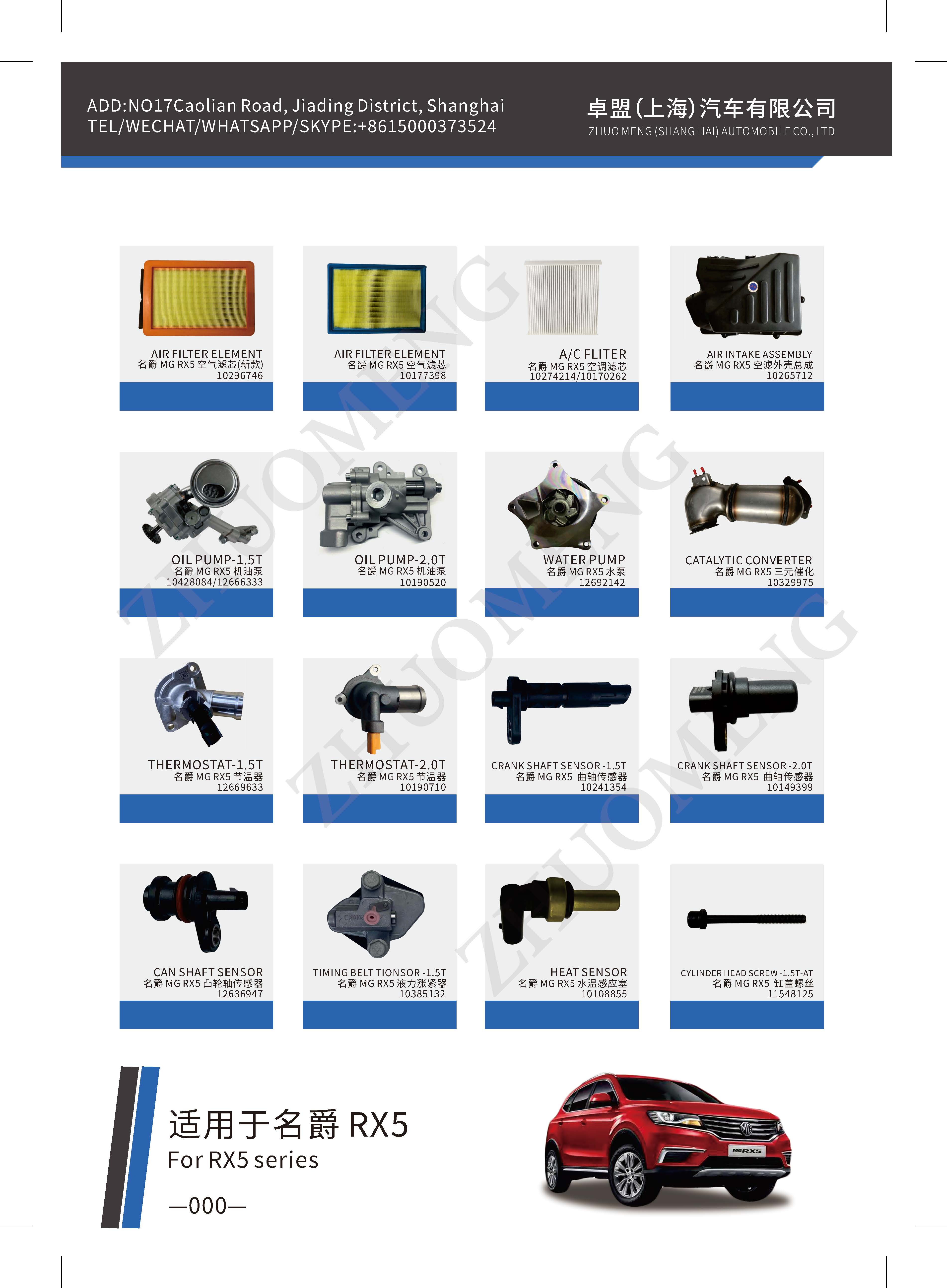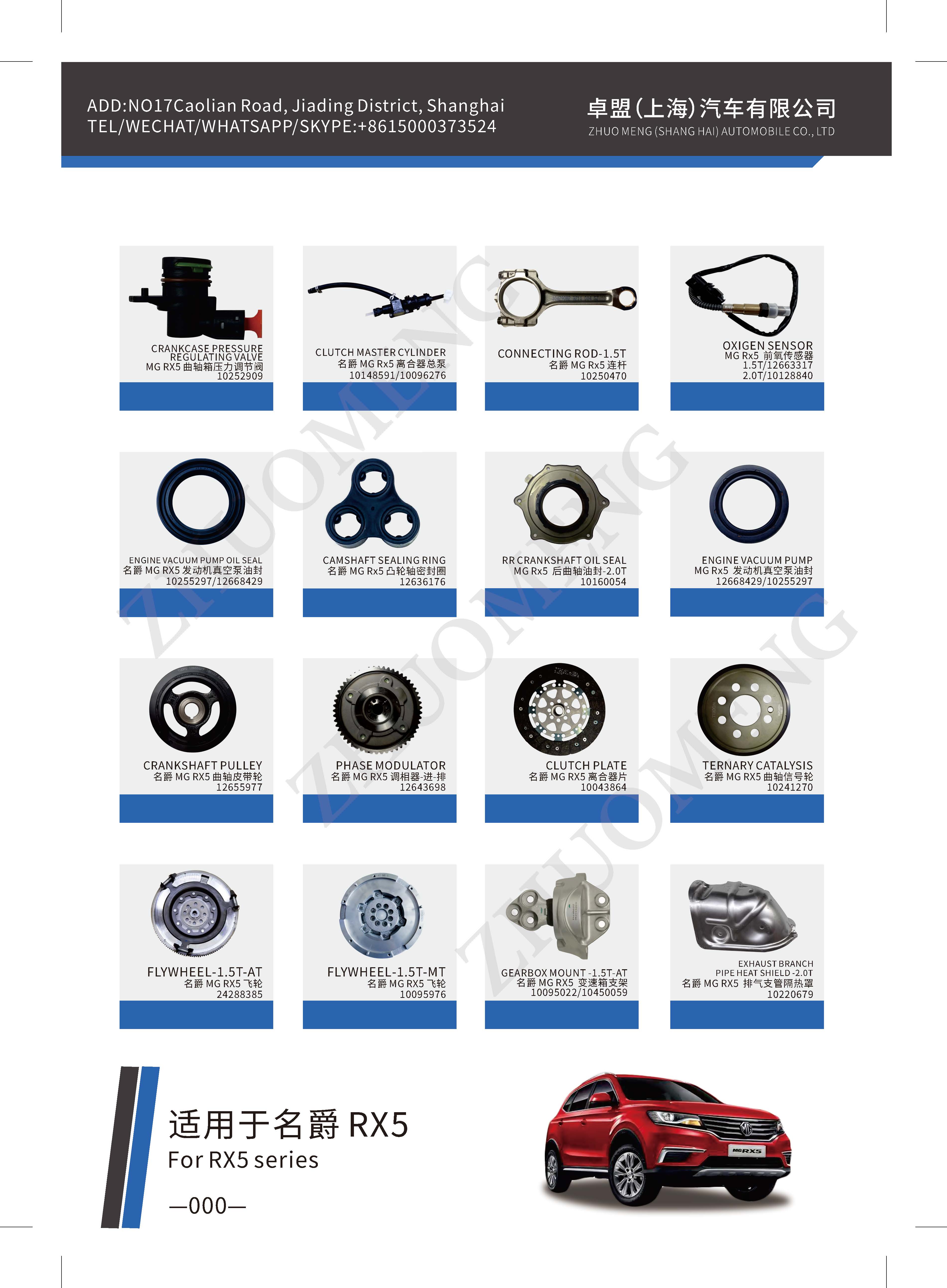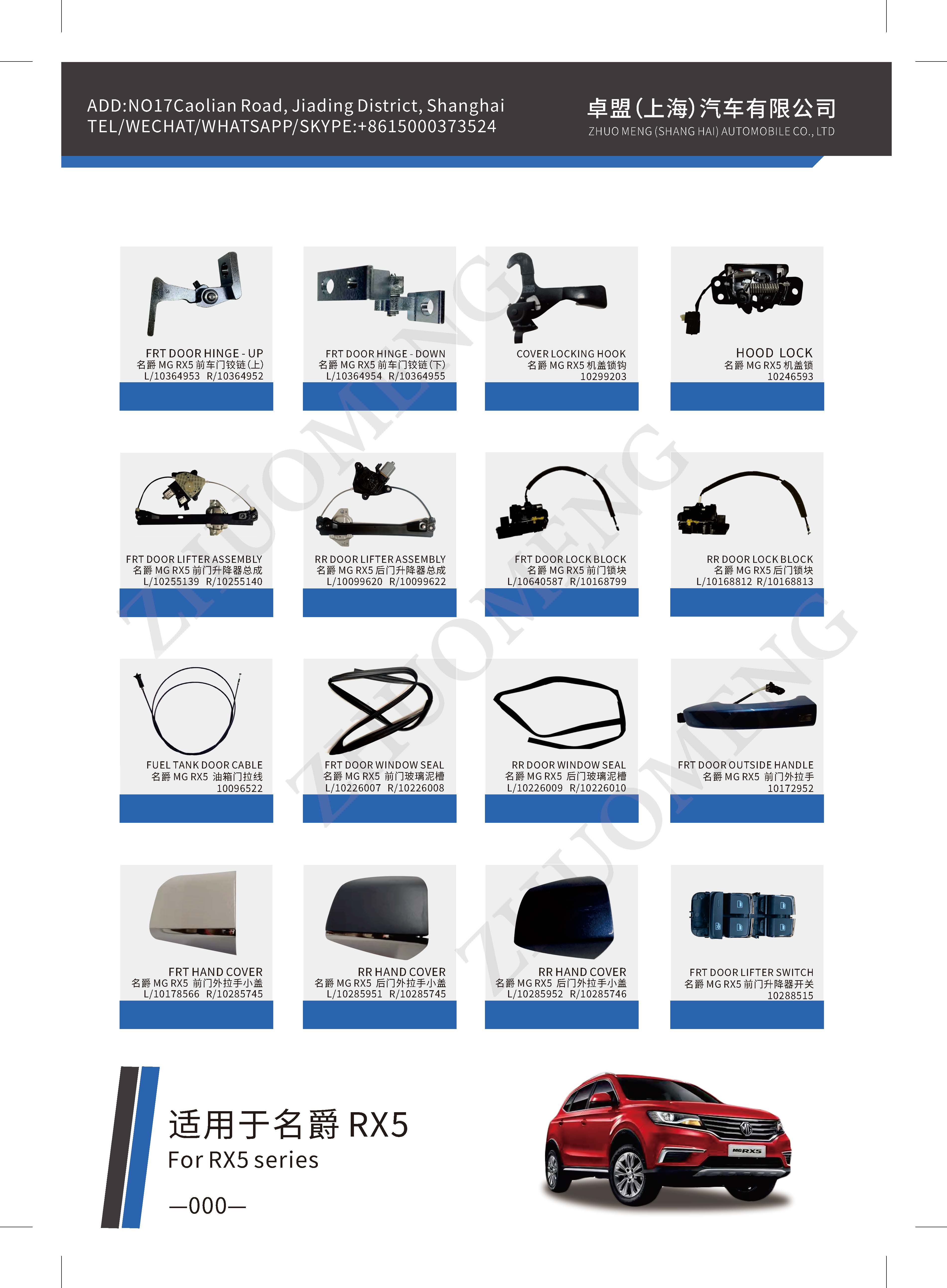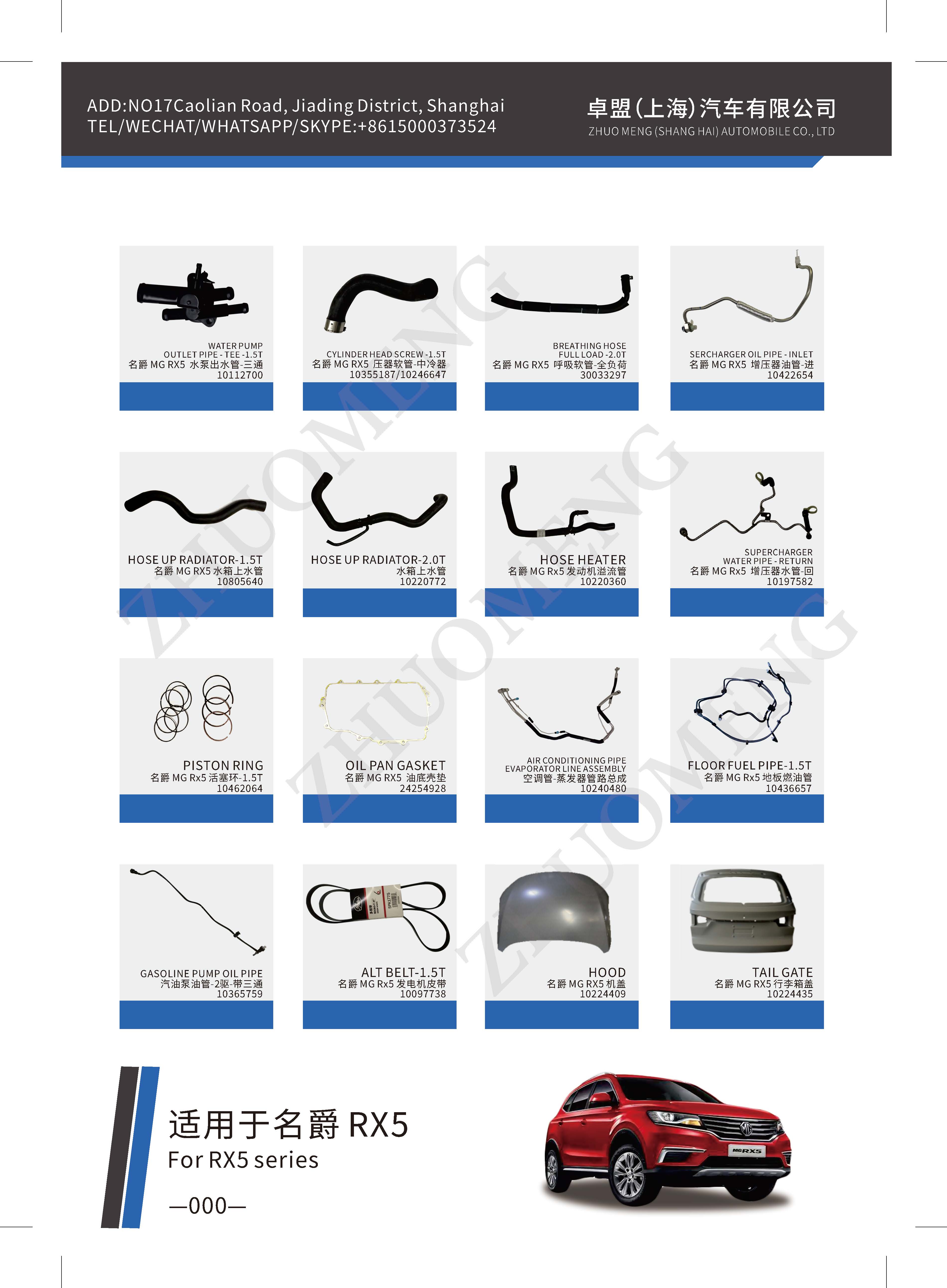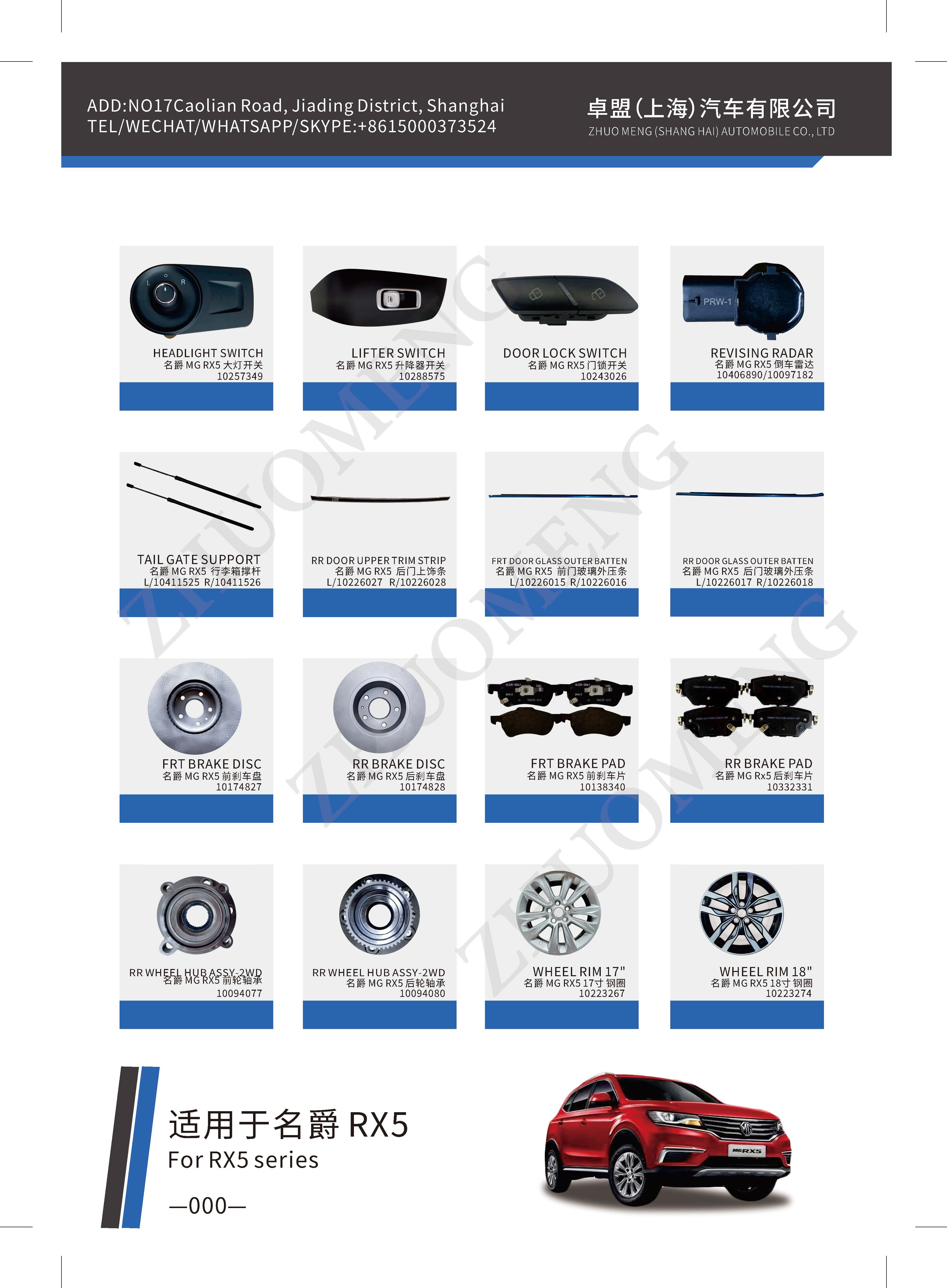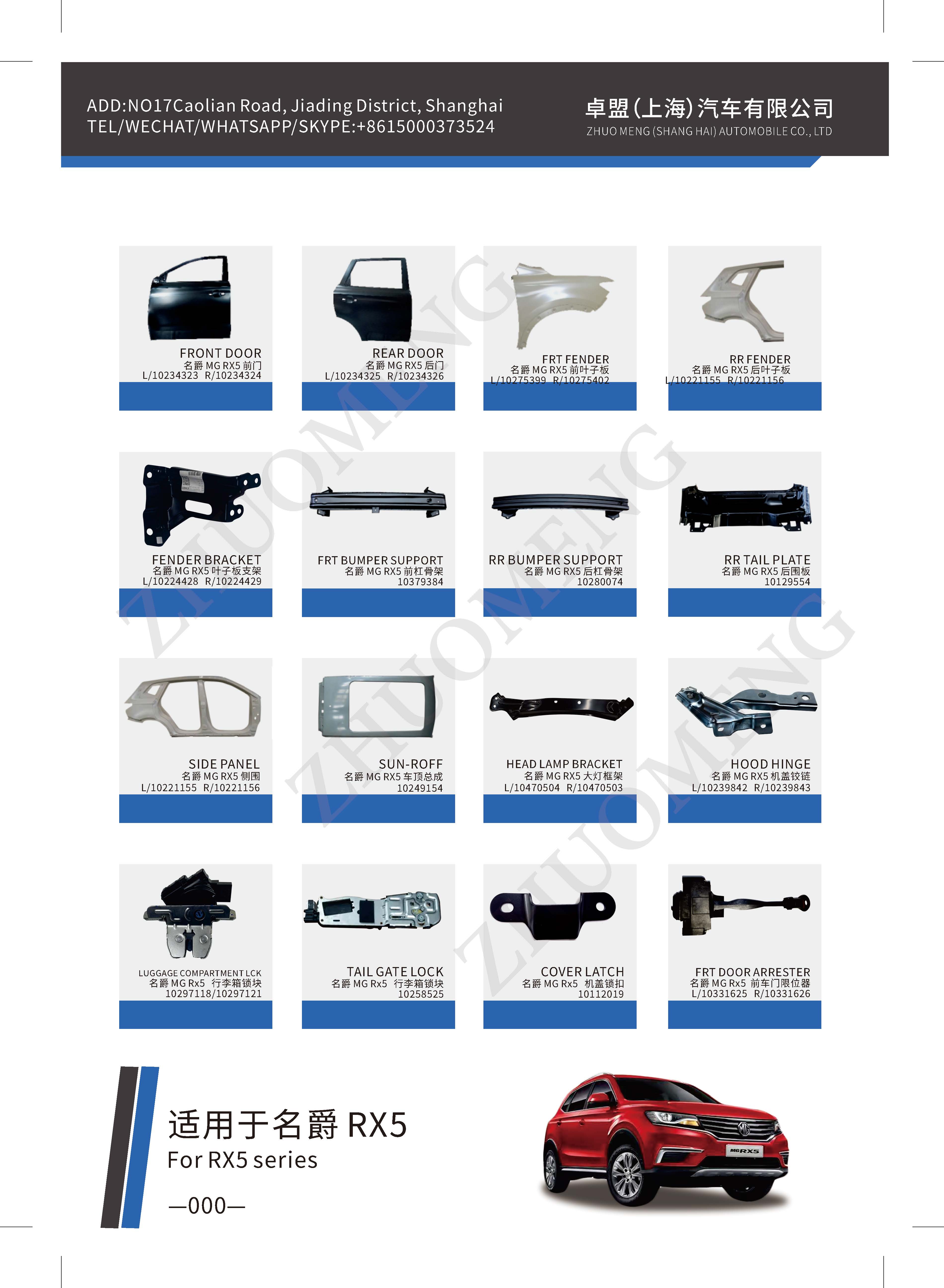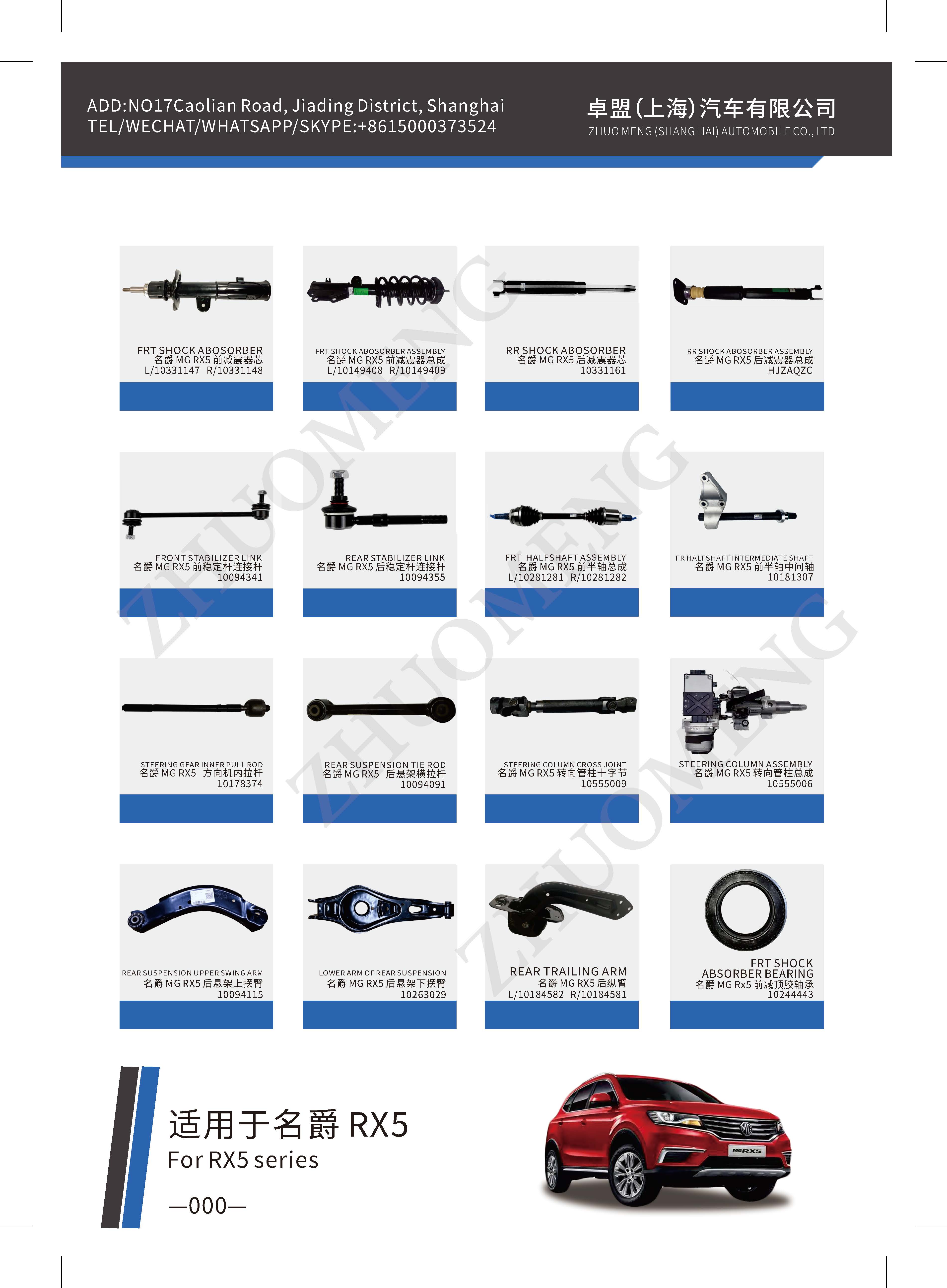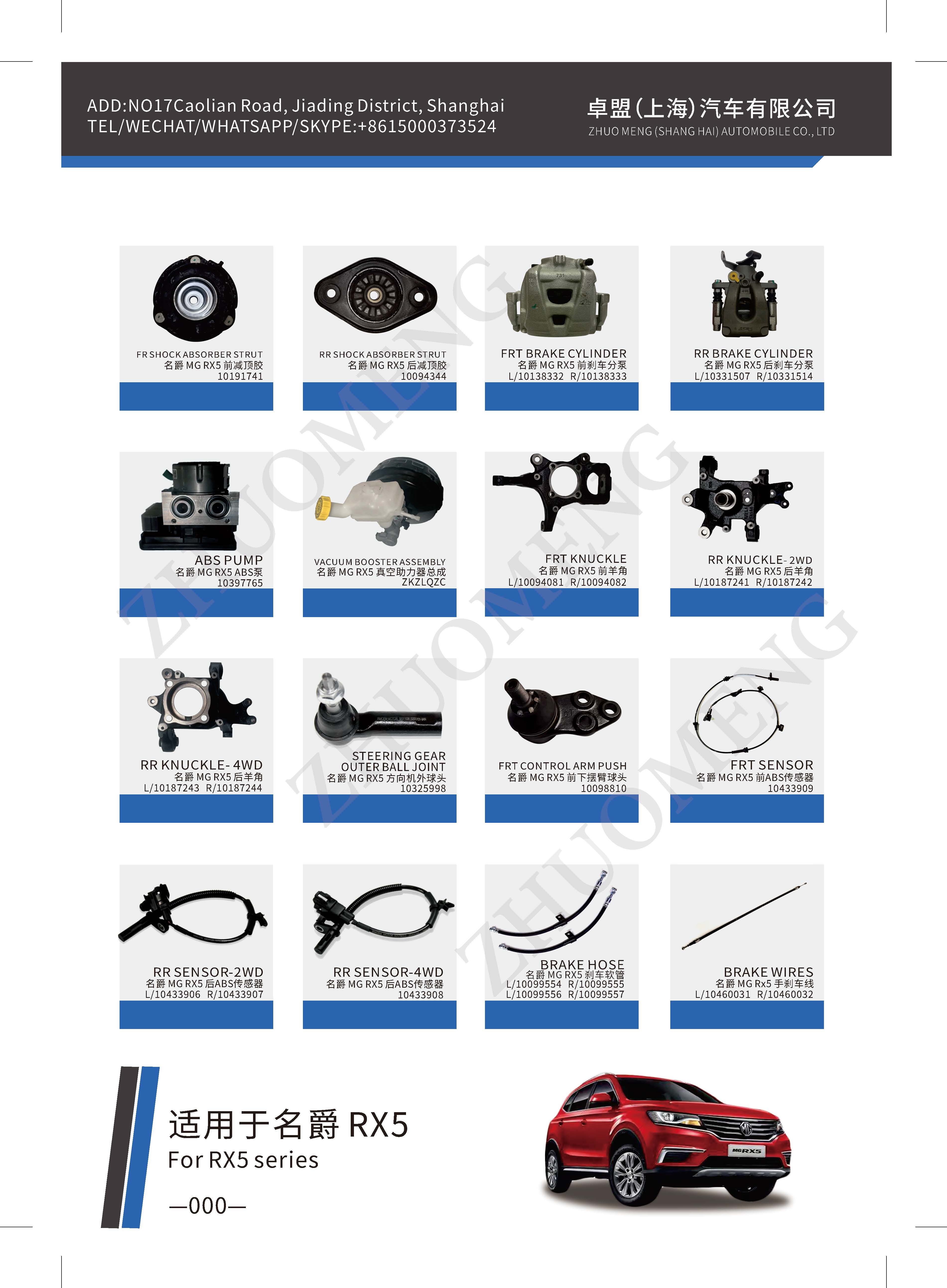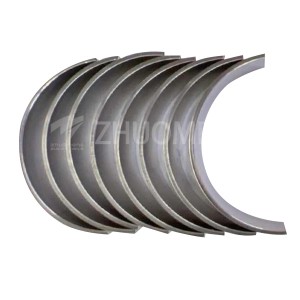The hose of the engine radiator for a long time will be aging, easy to break, water is easy to enter the radiator, the hose is broken in the process of driving, splashing out of the high temperature water will form a large group of water vapor ejection from the engine cover, when this phenomenon occurs, should immediately choose a safe place to stop, and then take emergency measures to solve.
In general, when the radiator is in water, the joint of the hose is the most likely to produce cracks and leaks. At this time, you can cut off the damaged part with scissors, and then insert the hose into the radiator inlet joint again, and tighten it with a clip or wire. If the crack is in the middle part of the hose, you can wrap the leak crack with tape. Wipe the hose before wrapping, and wrap the tape around the leak after the leak is dry. Because the water pressure in the hose is high when the engine is working, the tape should be wrapped tightly as far as possible. If you do not have tape on hand, you can also wrap plastic paper around the tear first, then cut the old cloth into strips and wrap them around the hose. Sometimes the hose crack is large, and it may still leak after entanglement. At this time, the tank cover can be opened to reduce the pressure in the waterway and reduce leakage.
After the above measures are taken, the engine speed should not be too fast, and it is necessary to hang high grade driving as far as possible. During driving, it is also necessary to pay attention to the pointer position of the water temperature gauge. When the water temperature is too high, it is necessary to stop and cool down or add cooling water.
The radiator is divided into three installation methods, such as the same side in, the same side out, different side in, different side out, and down into and down out. No matter which method can be used, we should try to reduce the number of pipe fittings. The more pipe fittings, not only the cost will increase, but also the hidden dangers will increase
